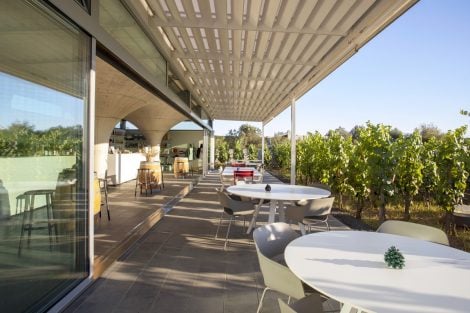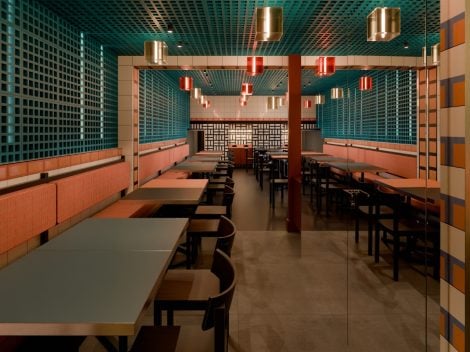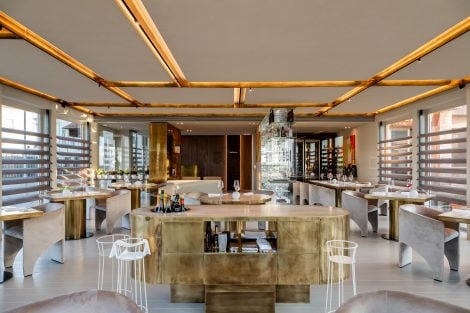Underwater restaurants
Focus is on design, interiors, service and the restaurant’s original offer. The dining world continues to gather followers at all latitudes, thus spawning an increasingly demanding clientele. In addition to menu, what most influences the judgment of diners is often the setting which tends to make the overall dining experience a unique one. This means architects and interior designers are challenged with a growing number of original and superior projects. Many creative minds also tend to push the limits of classic architecture canons, and experiment with unusual, new formats. A clear example of this – no pun intended – are underwater restaurants, a trend that’s become popular starting from the first at the Maldives: Ithaa Undersea Restaurant located 5 meters under the water’s surface. The Red Sea Star in Israel, offers large windows into the reef in the Red Sea, while within Anantara Kihavah Villas, in the Maldives too, is Sea, an octagonal restaurant immersed in the Ocean. The tables at Al Mahara Restaurant, within the Burj Al Arab building in Dubai, enjoy the view of an enormous floor to ceiling aquarium with unobstructed views of the local marine habitat.
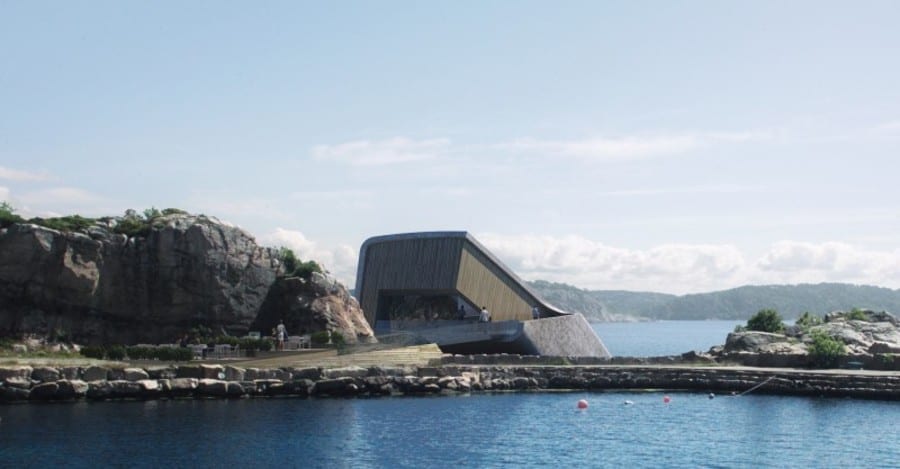
The first European experiment
Europe is preparing to own its first underwater restaurant, which is designed by the Norwegian studio Snøhetta, whole international portfolio includes the requalification efforts of Times Square in New York, the Norwegian National Opera and Ballet, Les Lumières Pleyel in St. Denis, in France, and HouseZero, a sustainable wood building housing the Harvard Center for Green Buildings at Harvard University School of Design, to mention a few. The underwater eatery will be called Under, and will open its doors in 2019 in Norway, in the southern village of Båly. The restaurant will furthermore hold the role of marine biology centre as an, “immersed periscope”, as the architects have defined it, “a monolith” that will emerge from the water hugging the edge of a lush coastline. Built on three levels and capable of seating 100 people, the restaurant “is much more than an aquarium: it will be completely part of the marine landscape, located 5 metres below sea level”.
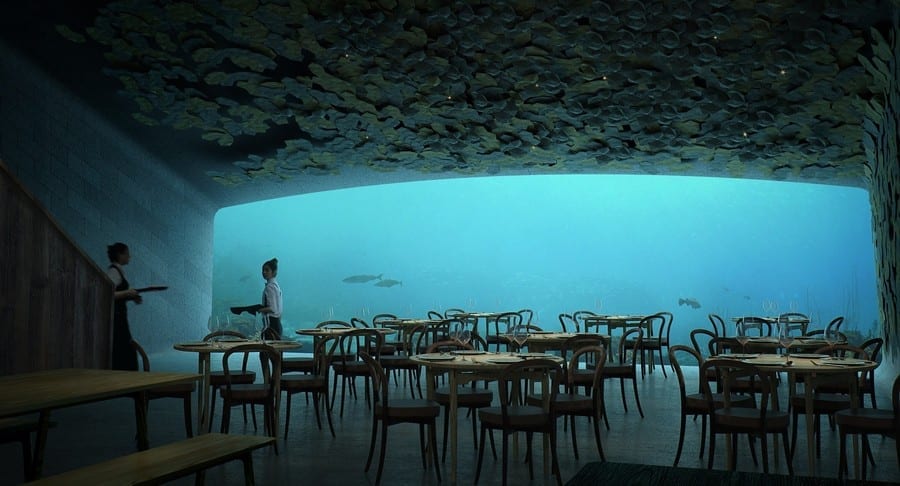
Architectural design
The building will have to coexist harmoniously with the marine ecosystem. The walls will be untreated thick poured concrete; this will allow barnacles and mussels to grab onto the outer surface. Under will become a birthplace for molluscs and thus attracting even more marine life species. The large 13-meter panoramic windows will allow diners to observe sea life of the North Sea up close. At the entrance will be soft lighting and oak wood finishing – a natural element that perfectly complements the concrete exterior. “One of the biggest advantages of this building is how it conjugates nature and earth, beginning with the tube that connects the underwater entrance to the water’s surface, allowing customers to experience something that’s never been done before”, comments Rune Grasdal, head architect of the project.
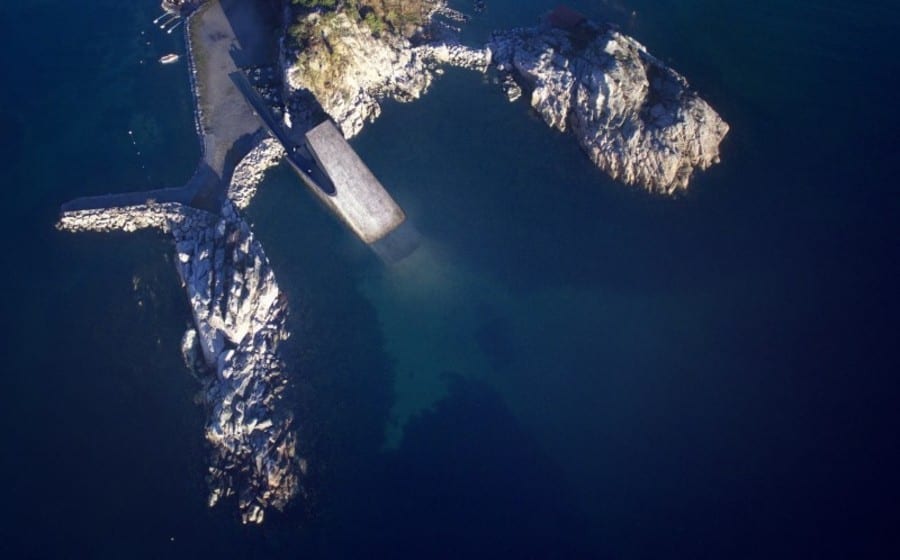
Culinary offer
Further marking the transition from coastline to ocean is a French champagne-focussed wine bar located just below the entrance in an intermediate level. In the kitchen, Danish chef Nicolai Ellitsgaard Pedersen of Boen Gård 1813, will design a menu based on the local fish offer: cod, mussels and the area’s specialty, truffle seaweed. The setting will be warm and welcoming: “It’s important guests feel safe”, Grasdal adds, “It should be an exciting experience and at the same time a comfortable one too”.
by Michela Becchi
translated by Eleonora Baldwin
photos by Snøhetta

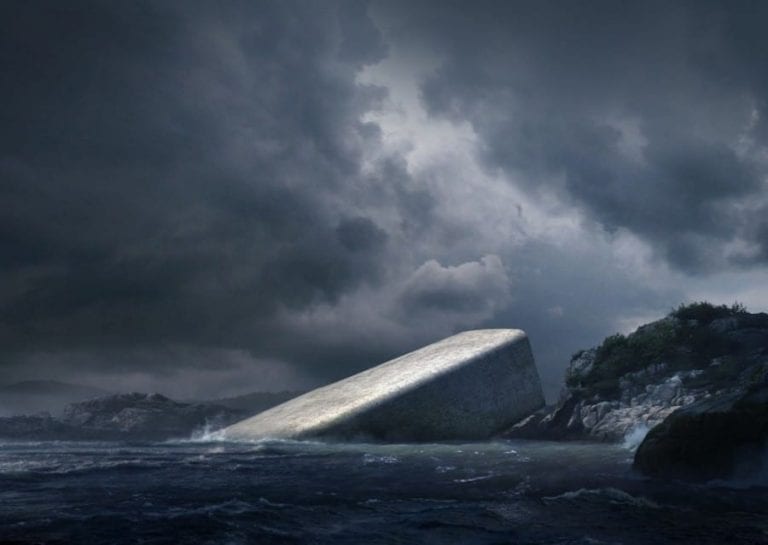

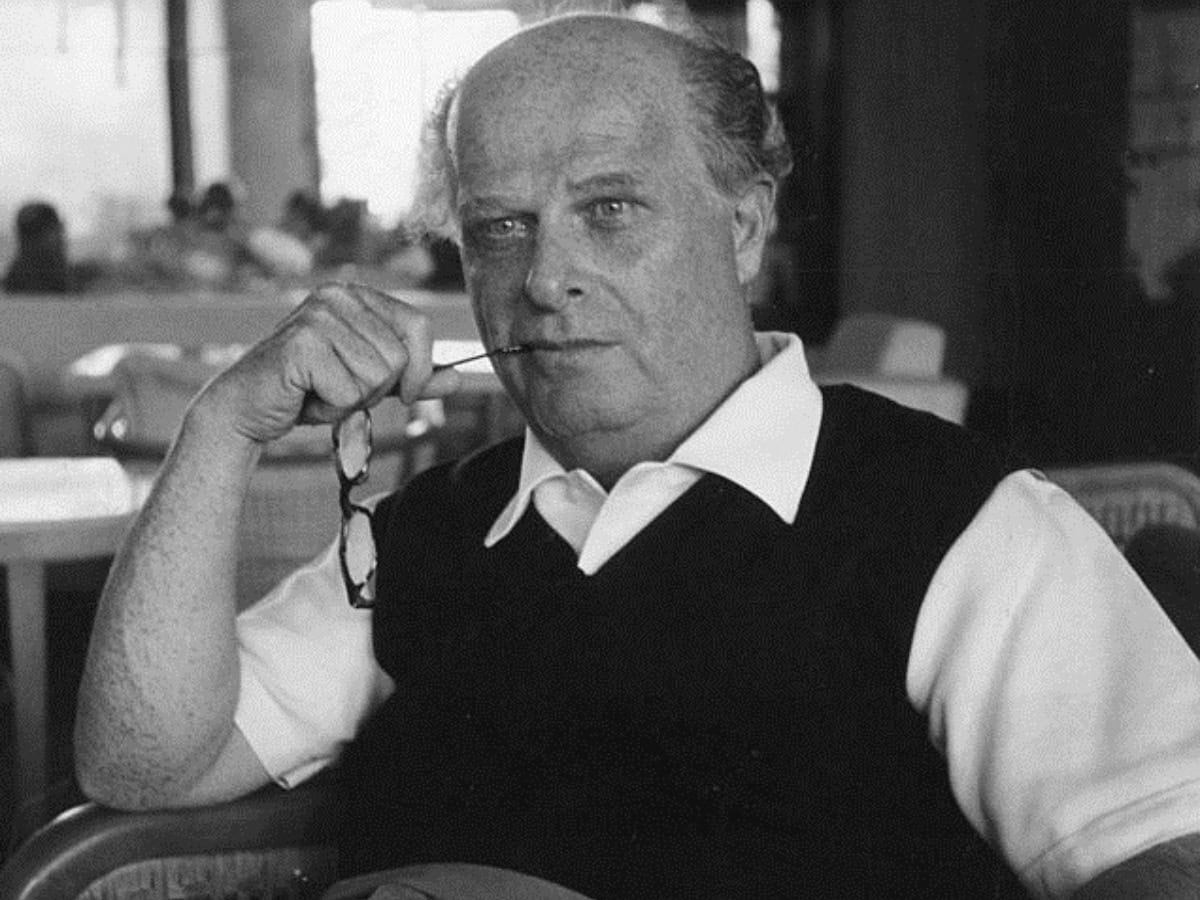 How Olivetti also revolutionised workers’ lunch breaks
How Olivetti also revolutionised workers’ lunch breaks Help us write the next guide to Italy’s Cafés and Coffee Roasters
Help us write the next guide to Italy’s Cafés and Coffee Roasters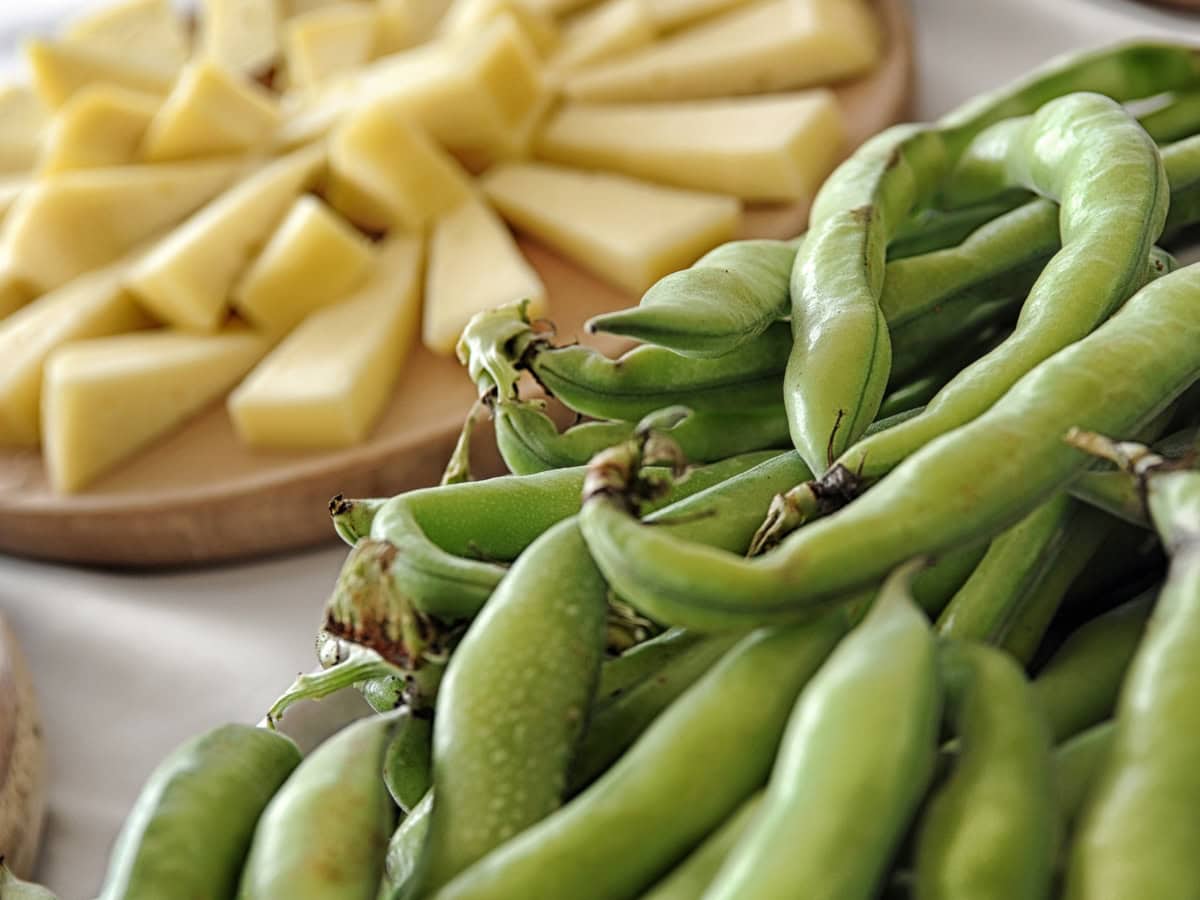 Here’s why broad beans and Pecorino are eaten on the First of May
Here’s why broad beans and Pecorino are eaten on the First of May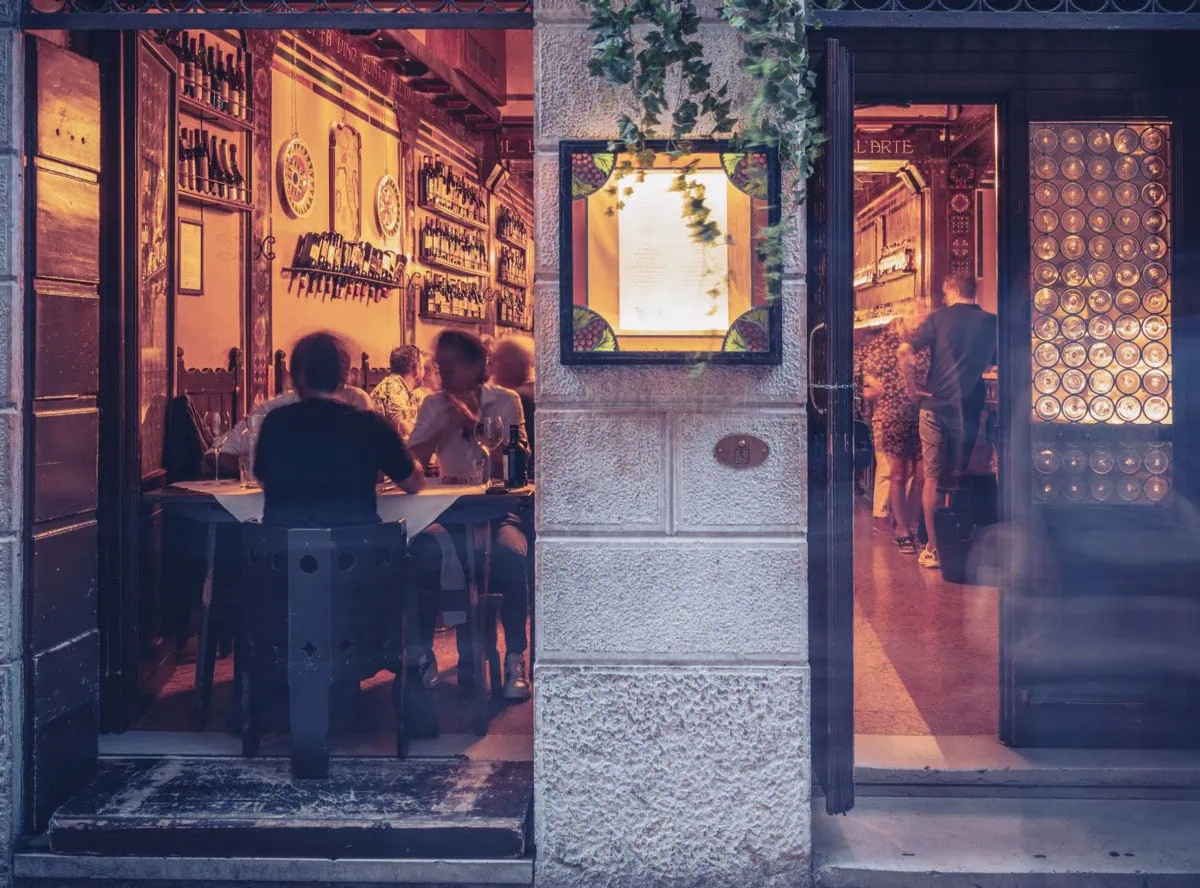 In the heart of Verona, the “sanctuary” of wine where you can sip a glass for one euro next to grand Bordeaux
In the heart of Verona, the “sanctuary” of wine where you can sip a glass for one euro next to grand Bordeaux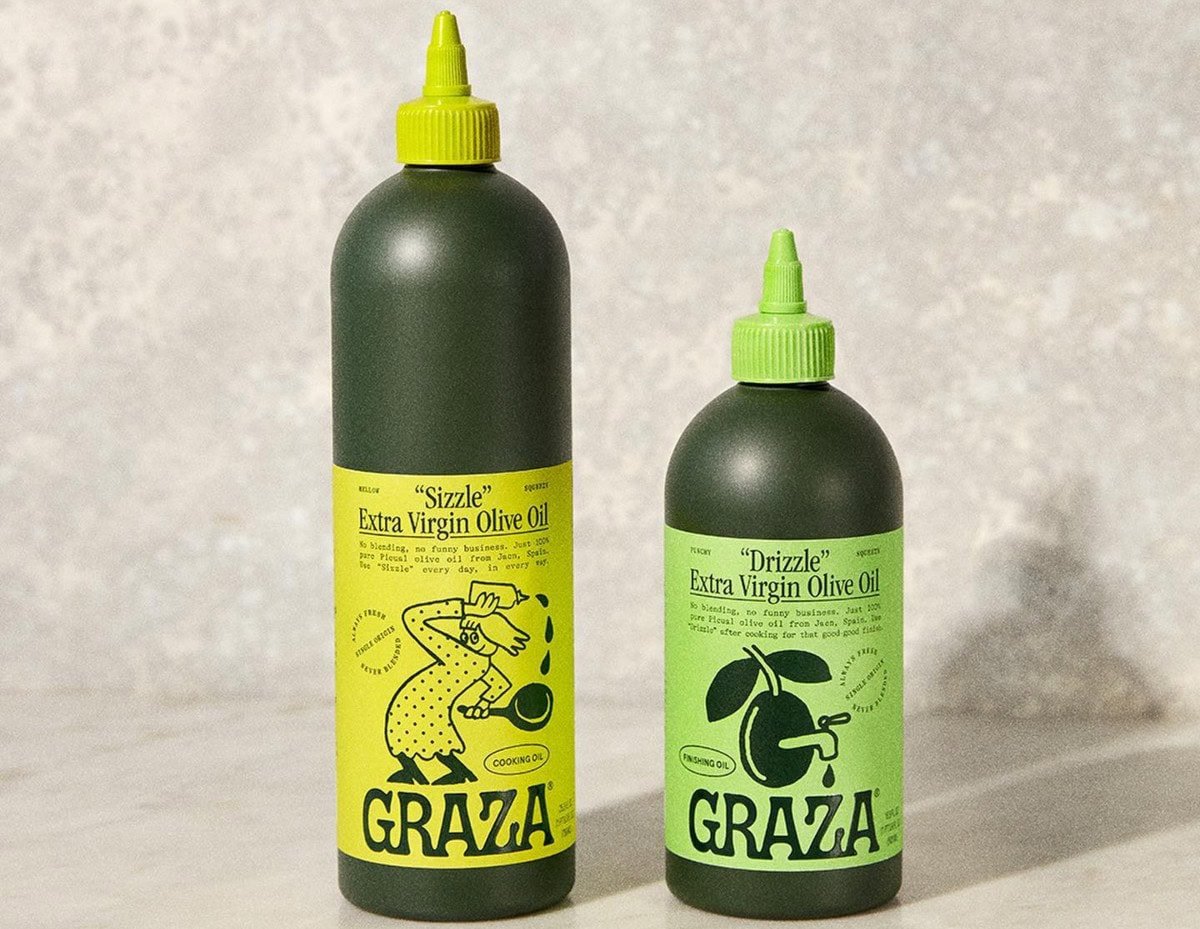 The extra virgin olive oil making waves thanks to its squeezable bottle: the curious case of Graza in the United States
The extra virgin olive oil making waves thanks to its squeezable bottle: the curious case of Graza in the United States
